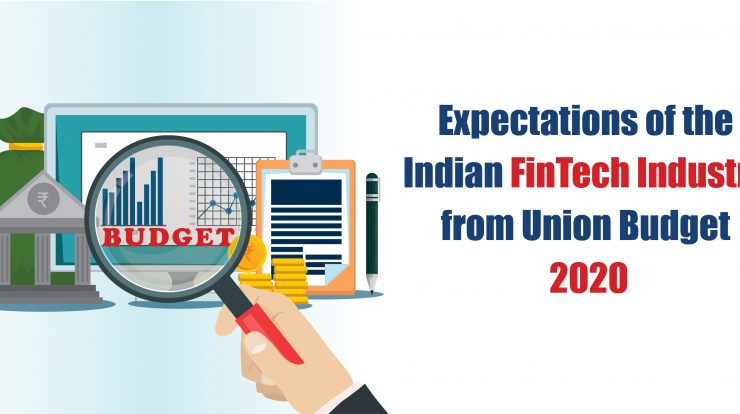
Table of Contents
With India recording the lowest GDP in last six years, Prime Minister Narendra Modi’s speech of making India a $5 Tn economy within next five years has a big black cloud hovering over it. People have started putting up questions as how the government aims to achieve the seemingly unachievable post recording the lowest customer expenditure and other parameters like, decline in the combined index of eight core industries by 1.5%
The $5 trillion plan that has been laid out is so far in bits and pieces. Finance Minister Nirmala Sitharaman rested one part of the trillion-dollar plan by announcing the investment of $1.4 trillion on social and economic infrastructure over next five years, expecting it to pave way towards achieving the GDP of $5 trillion by the year 2024-25. It also expects the Indian Digital economy to contribute a total of $1 trillion to achieve the target of aforementioned $5 trillion, besides infrastructure.
Where one can, however, see the $1 trillion digital economy offing to a certain extent, thanks to swiftly growth of UPI transactions, recording over a billion transactions every month since October and RuPay becoming global, claiming turf in several countries including UAE, Bahrain, Singapore, Bhutan and Saudi Arabia; the unstable economy, taxation issues and newly instilled zero MDR have been peeling the payments and FinTech sector in terms of revenue and working capital, has certainly been kept out of spotlight.
But, what does the FinTech demands from the upcoming Union Budget-2020?
1. Clear implementation of the zero MDR policy-
Backed by the likes of payment players like Paytm, BharatPe and other companies, Sitharaman, last month implemented the long due Zero MDR policy on transactions through UPI and RuPay Cards. Undoubtedly, zero MDR is going to enhance the adoption of digital payments with the consumers but the highlight of the policy remains the undisclosed loophole of who will bear the cost of enabling digital infrastructure for digital payments.
Clearly, the government rushed through the decision and did not take in consideration the proper implementation or the revenue model, of the same.
2. Tax relief to Fintech and NBFCs-
Efforts have been made to encourage the growth of NBFCs in India with MSMEs been categorized as private sector lending, giving them equal stature to that of banks. Gaurav Chopra, CEO, India Lends, talks about how startups are expecting the government to usher new reforms in the upcoming budget, hoping for tax relief, funding access and a slight push to the digital economy. Chopra speaks out that FinTech startups should be offered tax benefits in form of exemption and that private investments shall be exempted from unfavorable tax burdens. The FinTech companies are also looking forward to incentives for startups and an overall Corporate Tax reduction, which did not come through in the last budget.
3. Practical measures for Digital Payments and Digital Economy-
It is evident that the government needs to push digital payment campaigns to Tier 2 and Tier 3 cities to further the cause. Post demonetization, the major chunk of merchants who have resorted to digital payments have now receded to using cash as the prime payment acceptance mode. The incentivization of accepting digital payments is a must with emphasis on digital enablement of the infrastructure of the following.
Apart from the following,
- Simplification of TDS and repayments
- Ease of compliance and a conducive environment for innovations in the market
- Regulatory measures for crypto assets
- Strong regulatory body for NBFCs were also highlighted for consideration by the payments industry.


